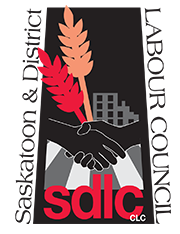In the spirit of connection to the land, SGEU has renamed the boardrooms in each of our three offices after trees, lakes and animals. Let’s learn more about the Indigenous connection to the land.
- Jump to Prince Albert office boardrooms
- Jump to Regina office boardrooms
- Jump to Saskatoon office boardrooms
Prince Albert office boardrooms
The Prince Albert office has three boardrooms, which are named after Saskatchewan trees. For many Indigenous cultures, trees are important symbols of values, spiritual beliefs, traditions and hope for the future.
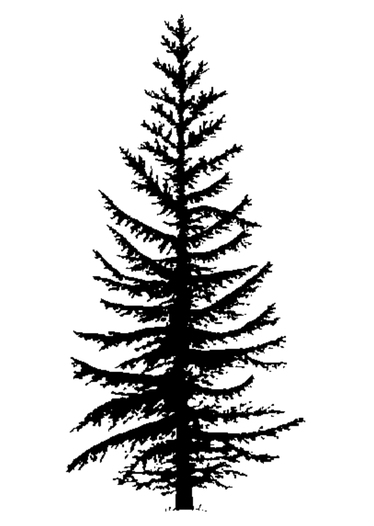 Tamarack Room
Tamarack Room
The tamarack, or larch, is a small, slender tree which rarely grows more than 15 m tall. The name tamarack comes from an Algonquian word meaning “wood to make snowshoes.”
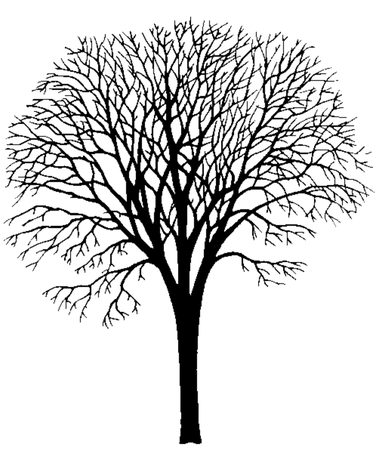 White Elm Room
White Elm Room
The white elm is one of the largest species of elm native to North America. As a craftwork, the elm was used as a floor matting when camping in snow; boiled to weave baskets, bedding and mats; and woven into frames for snowshoes and fishing nets.
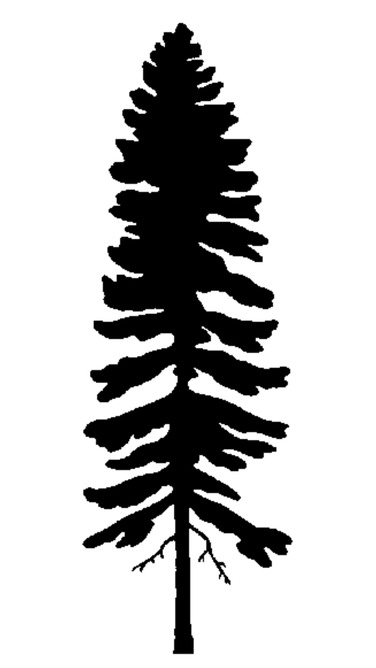 White Spruce Room
White Spruce Room
The white spruce is the largest provincial tree. Spruce trees can represent unity and peace among leaders, peoples and nations for many Indigenous cultures.
Regina office boardrooms
The Regina office has six boardrooms, which are named after Saskatchewan lakes. While Saskatchewan is a prairie province, it’s home to over 100,000 beautiful, clean, freshwater lakes.
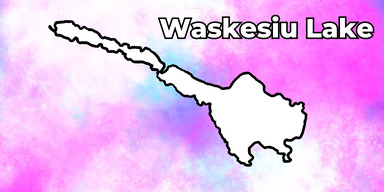 Waskesiu Lake – Waskesiu Room
Waskesiu Lake – Waskesiu Room
Waskesiu Lake is located roughly in the centre of Prince Albert National Park. Named after the Cree word for “Red Deer” or “Elk”, the lake was an early fur trade post for the Hudson Bay Company.
 Reindeer Lake – Reindeer Room
Reindeer Lake – Reindeer Room
Reindeer Lake is the second largest lake in Saskatchewan and ninth largest in Canada. The rock formations around the lake are some of the oldest on earth, while Deep Bay, located on the southwestern end of the lake, is unusually deep because it was formed by a meteorite that hit about 140 million years ago.
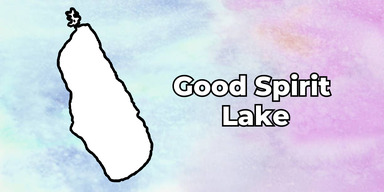 Good Spirit Lake – Good Spirit Room
Good Spirit Lake – Good Spirit Room
Good Spirit Lake was originally called “Devil’s Lake.” Matthew Cocking of the Hudson Bay Company in 1774 wintered there and called it “Witch Lake.” Later, Robert Russell Smith, who was the postmaster at the spot, misinterpreted the Cree/Saulteaux term “manitow” which actually meant “good spirit”.
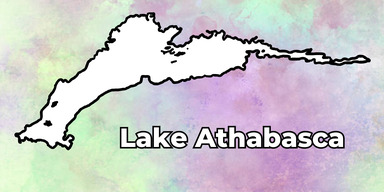 Lake Athabasca – Athabasca Room
Lake Athabasca – Athabasca Room
Lake Athabasca is the largest lake in Saskatchewan. Athabasca is of Cree origin, meaning “meeting place of many waters.”
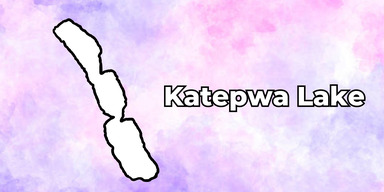 Katepwa Lake – Katepwa Room
Katepwa Lake – Katepwa Room
Located in the Qu’Appelle Valley, Katepwa Lake originated from the Cree word Kahtapwao, which means “What is calling?” Indigenous peoples gave the name to the last in the chain of four lakes (now known as Lake Katepwa) because tradition had it that spirits inhabited the shores of the lake.
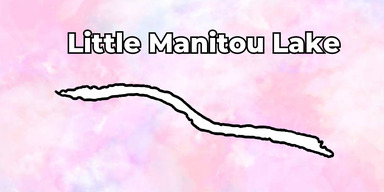 Little Manitou Lake – Manitou Room
Little Manitou Lake – Manitou Room
Located in central Saskatchewan, Little Manitou Lake is named for the Algonquian word meaning “mysterious being.” It is renowned for the purported healing properties of its saline waters.
Saskatoon office boardrooms

The Saskatoon office has five boardrooms, which are named after Saskatchewan spirit animals. Animals, such as the bison, provided food, shelter, clothing and other important tools, while other animals frequently figure prominently in creation stories, legends, ceremonies and art.
Bison Room
The bison is a sacred animal to the Plains First Nations because it provided them with clothing, food, shelter and tools.
Eagle Room
In stories and legends, the eagle is referred to as the Thunderbird. The eagle has great powers of vision, strength and courage.
Polar Bear Room
Polar bears are greatly respected by Inuit hunters as the most intelligent animal in the Arctic, and as a symbol of the resilience, patience and determination that is needed to survive in the harsh climate.
Turtle Room
Some creation stories describe a flood where the turtle gives its shell for the land to grow on its back until all can inhabit it. Some believe that the turtle represents healing, wisdom, spirituality, health, safety, longevity, protection, and fertility.
Wolf Room
The wolf is respected for its hunting skills. It is a symbol of family and loyalty. Many Indigenous peoples have great respect for wolves because wolves are like people—they hunt and defend their family.




